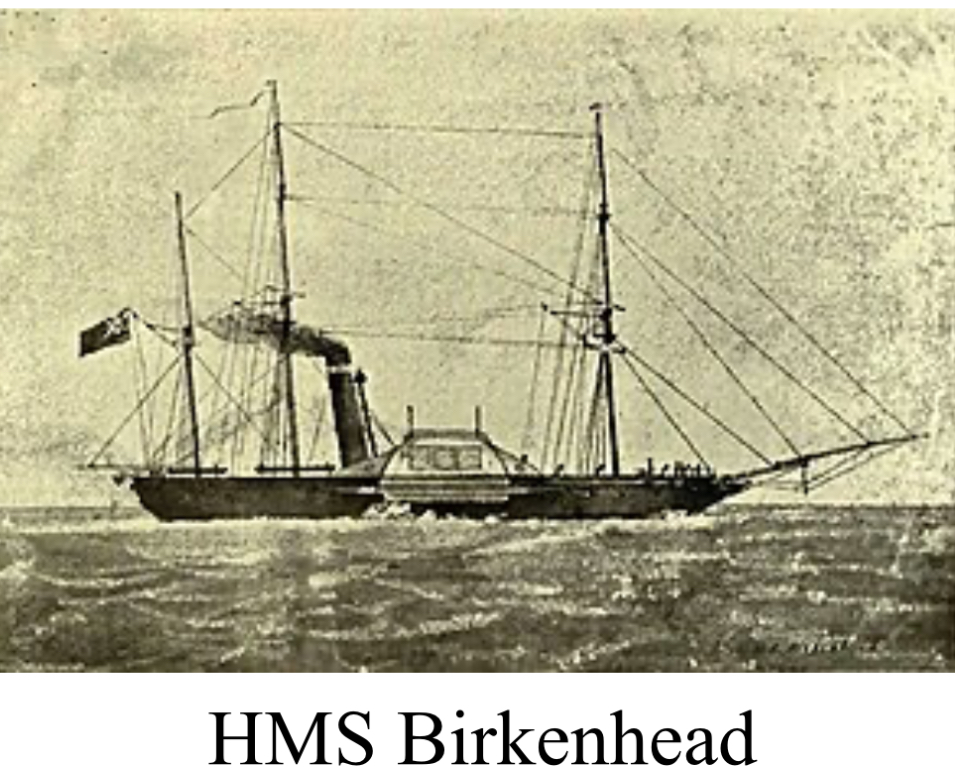The Weekly Reflektion 49/2023
The principle of using ‘barriers’ to prevent incidents and accidents and to reduce the consequences of incidents and accidents has been around for a long time. It is the essence of the prevention of major accidents. Unfortunately, as long as we have been using ‘barriers’ we have being finding ways to compromise these ‘barriers’ and so the sorry saga of major accidents continues. Major accident prevention is like a journey to a destination. The objective is however not to get to the destination, it is to stay on the road.

Do you make sure your barriers fulfill their function at all times?
When the ship is about to sink in a maritime disaster, and the passengers and crew are heading towards the lifeboats, the cry of ‘women and children first’ is often heard. This is not a tradition inspired by Hollywood it is based on a true story.
The HMS Birkenhead was wrecked on 26 February 1852 at Danger Point 140 km from Cape Town in the Cape Colony (now South Africa). There were not enough serviceable lifeboats for all the passengers. The soldiers stood in ranks on board, while woman and children were prioritised for rescueand escaped the sinking. Only 193 of the estimated 643 people on board survived. The soldiers’ chivalry gave rise to the ‘woman and children first’ protocol. This is also the principle behind ‘The Birkenhead Drill’ mentioned in the poem ‘Soldier an Sailor Too’ by Rudyard Kipling that describes courage in the face of hopeless circumstances.
HMS Birkenhead was built at John Laird’s shipyard in Birkenhead. She had two 564 HP steam engines that drove two paddles. The ship was divided into eight watertight compartments, while the engine room was divided by two longitudinal bulkheads into four compartments, making 12 watertight compartments in total. She was originally designed as a steam frigate however was converted into a troopship just before she was commissioned. HMS Birkenhead was launched on 20 December 1845. The watertight compartments were ‘barriers’ to prevent the frigate sinking if the hull was breached.
On the morning of 26 February HMS Birkenhead was travelling at a speed of 8 knots when she ran aground on an uncharted rock near the appropriately named ‘Danger Point’. The rock was visible in rough seas, however on this particular morning it was calm, and the rock could not be seen by the lookout on watch. The hull was breached, and the ship started to take in water. The woman and children were placed in the ships cutter which lay alongside. Two lifeboats were manned however the first capsized as the ship listed, and the other could not be launched due to poor maintenance and paint on the winches. The commanding officer Lieutenant-Colonel Alexander Seton of the 75th Foot took charge and ensured discipline and order was maintained. A later survivor remarked that ‘All was silent apart from the kicking of the horse and the clear voice of Seton giving orders’.
The soldiers had cut holes in the watertight compartments in order to exercise their horses. They were probably unaware of the importance of these compartments for their safety, and they were of course concerned for the welfare of their horses during the long sea journeys. Barriers compromised by actions taken by people that did not understand why the barriers were in place are a factor in many disasters. Will they be a factor in your next disaster?
